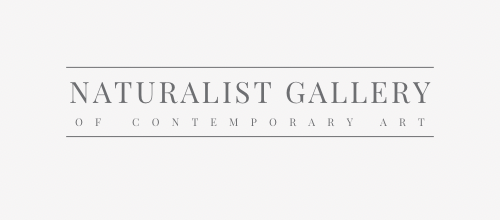Craft a standout art portfolio: 1) Review criteria, 2) Organize purposefully, 3) Use clear labels, 4) Be ready to discuss, 5) Tell compelling stories, 6) Prioritize quality, 7) Seek outside advice, 8) Showcase technical skills, 9) Avoid clichés, 10) Highlight future direction. Success awaits.

Are you ready to embark on an exciting journey of building your portfolio as an artist? We collected the most important key points for artists drafting their first portfolios. After analyzing numerous professional artist portfolios, we have curated a list of the top 10 tips to help you compile an impressive portfolio that will catch the eye of curators and secure your spot in any fine art venue of your choosing.
-
Pay Close Attention to Criteria: Each application has its own specific requirements for portfolios. Scrutinize the guidelines provided by each institution you're applying to, including the number of pieces, preferred format, submission deadlines, and any additional instructions. Ensure that your portfolio meets all the specified requirements.
-
Organize with Purpose: The arrangement of your artwork within the portfolio is crucial. Thoughtfully consider the order in which you present your pieces to create a coherent narrative and demonstrate your artistic growth and expertise. Impress curators with your presentation skills and meticulous organization.
-
Clear and Concise Labels: Include essential information for each piece, such as the title, date, and medium. If requested, provide additional details without overwhelming the reader. Strike a balance between informative and concise descriptions.
-
Be Prepared to Discuss: Anticipate questions or inquiries about your artwork during interviews, portfolio presentations, or communication with curation staff. Familiarize yourself with each piece's background, creation process, and significance, especially if including older works.
-
Embrace Storytelling: While technical prowess is important, also incorporate pieces in your portfolio that showcase your storytelling abilities. Consider the deeper meaning behind each artwork and connect it to personal experiences or unique attributes that distinguish you from other applicants.
-
Quality over Quantity: Meeting the minimum requirements set by the application is generally sufficient. Focus on maintaining high standards of quality rather than obsessing over the number of works included. A well-curated and impactful portfolio will leave a stronger impression than a collection of mediocre pieces.
-
Seek External Perspectives: Don't rely solely on your own judgment. Solicit advice and opinions from trusted advisors or mentors who can offer fresh insights. Attending National Portfolio Days in your area provides valuable opportunities to receive constructive feedback on your portfolio.
-
Showcase Technical Proficiency: Demonstrate your technical skills to effectively communicate your artistic message. Gallerists and curators seek a foundation of techniques that can be nurtured and developed during your collaboration. Display your potential through mastery of various artistic elements.
-
Avoid Clichés: Differentiate your portfolio by avoiding overused themes or subjects commonly seen in other applicants' portfolios. While portraits of still life can demonstrate technical ability, supplement them with other examples that convey unique concepts and narratives.
-
Highlight Future Direction: Art venues appreciate applicants who exhibit a sense of direction and ambition. If you have specific areas of interest, such as animation or graphic design, incorporate relevant pieces in your portfolio. Explain your focus areas and the reasons behind your chosen artistic path.

Crafting an exceptional portfolio requires time, careful editing, and seeking external guidance. Showcasing your creativity, technical skills, and ambition will demonstrate your readiness to thrive in the art world. With these top 10 tips in mind, you'll compile a captivating portfolio that opens doors to your desired venues and opportunities for a successful artistic career.
You may also find the following articles helpful:
How to Sell Art on Consignment: 12 Tips for New Sellers
Building Your Online Presence As An Artist
10 Tips and Tricks for Maximizing Your Art Sales
How to Become a Successful Artist
The Art Gallery: Everything You Need To Know
Why Gallery Representation is Good for Artists: 9 Key Benefits

